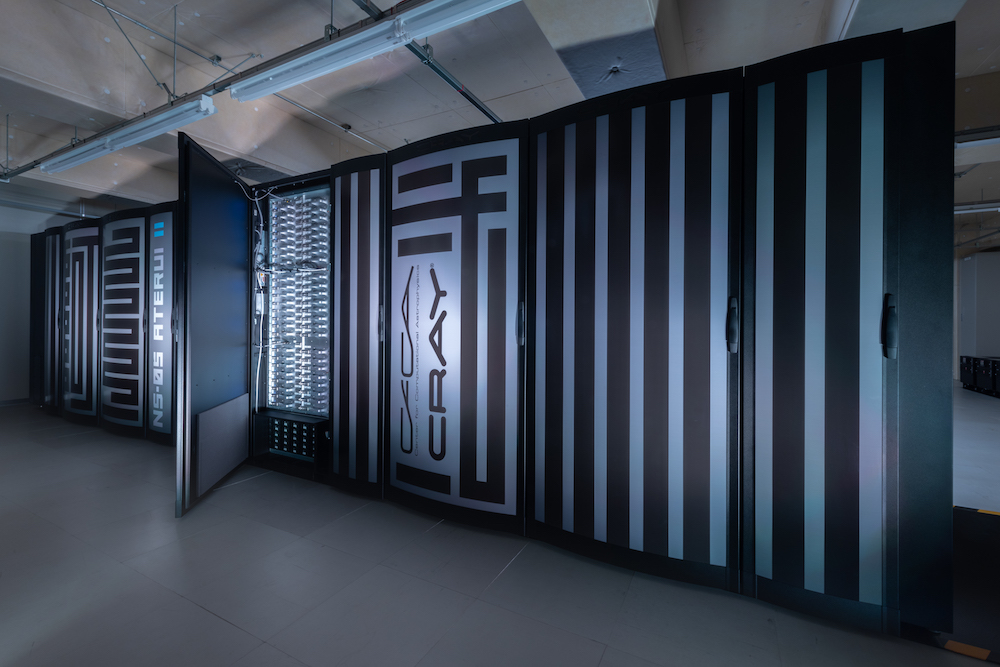Probably and astronomer’s greatest wish would be to actually hold a planet between their hands and place it gently under a microscope and examine it completely, at their own pace. To perhaps take a step outside our galaxy and see what’s out there up close and personal.
These are all things that are not physically possible for us, but what we do have at our disposal to bring us closer to the Universe are computers.
Most of our astrophysical questions are now answered via simulations which are carried out by supercomputers. The National Astronomical Observatory of Japan (NAOJ) has what has been dubbed the world’s most powerful supercomputer dedicated solely to astronomy.
The supercomputer was named ATERUI II and it gets its name from an 8th century indigenous chief that fought back with his people against the conquest of the Japanese Emperor.
The ATERUI II has 40,000 total processing cores and it can perform up to 3 quadrillion operations per second. It has 385 TB of RAM memory. Keep in mind there are 1000 GB for every TB out there, just to give you some perspective.
All these processors allow the ATERUI II to split tasks and calculations between the cores.
Credit: CfCA / YouTube
The thing about supercomputers is that they are capable of breaking a problem into many pieces, each piece going to a different core to be analyzed, all the cores functioning simultaneously in order to allow for better computational speed. To put it plainly, ATERUI II is a very, very good multitasker.
The computer came online on June 1st of this year with Eiichiro Kokubo, the Project Director for the Center for Computational Astrophysics (CfCA) at NAOJ stating in a press release that:
“A new ‘telescope’ for theoretical astronomy has opened its eyes. I expect that ATERUI II will explore the universe through more realistic simulations.”
Unlike older computers, ATERUI II does not have to take shortcuts due to limited processing power – it has the ability to model gravitational variables for 100 billion individual stars.
ATERUI II will also be used to create models for various cosmic phenomena which range from the formation of binary stars to the birth of the universe.
Simulation carried out by ATERUI II which shows the formation of a binary star system with the disks of gas that form along with the stars
Credit: CfCA/ YouTube
ATERUI II wants to go as far as it can, with the researchers hoping they will be able to understand what happened when the universe became transparent to light, as well as have a look into stellar interiors.
With the supercomputer at their fingertips, astrophysicists are now able, in a way, to hold the cosmos in their hands.
Follow TechTheLead on Google News to get the news first.























